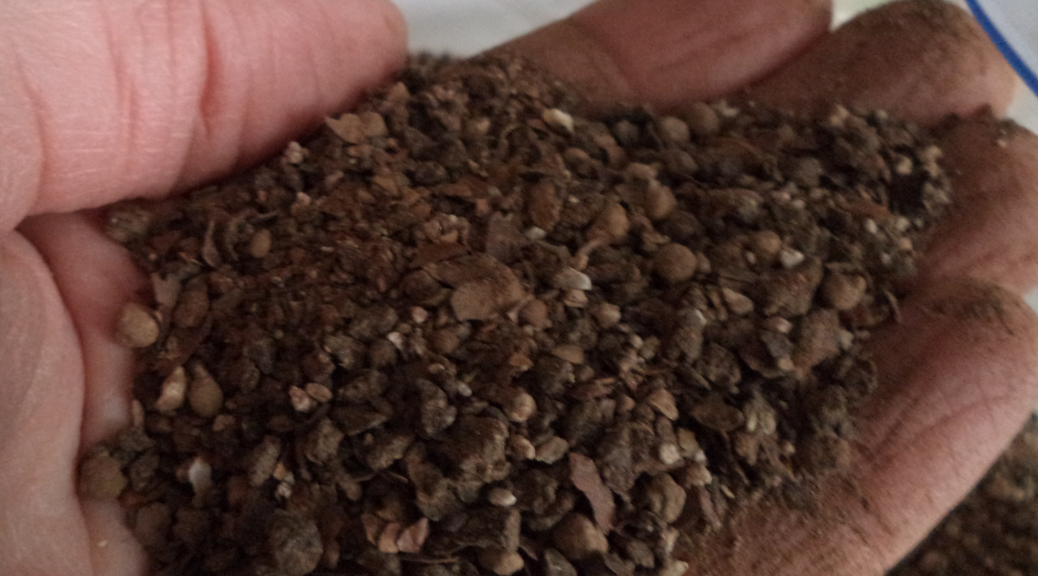What nutrients do plants need?
All plants need three basic elements to grow: nitrogen, phosphorous and potassium. These elements are known as macronutrients and are needed in the greatest quantities. However there are many other elements (micronutrients) that plants need in smaller amounts as well, such as iron, magnesium, calcium, sulfur and boron.
What do the three numbers on fertilizer bags mean?
These numbers represent the total percentage of the three major elements in the fertilizer. The first number represents nitrogen; the second phosphorous; the third potassium.
N P K
Nitrogen Phosphorous Potassium
Nitrogen must be present in the soil for a plant to produce healthy new growth in spring. Signs of nitrogen deficiency are yellowing of foliage and stunted growth.
Phosphorous enables the growth of roots and the setting of flowers and fruits. Many “bloom-booster” fertilizers are pure phosphorous for this reason. Lack of phosphorous in the soil results in poor growth, abnormal coloration and poor flower and fruit set.
Potassium is also in important in the physiological processes of plants. It promotes disease resistance and overall plant health. A plant lacking potassium will show signs of discoloration and browning on its leaves and a general state of ill health.
What are the benefits of organic fertilizers versus chemical fertilizers?
There are a number of advantages to using an organic fertilizer versus chemical fertilizers. Organic fertilizers come from either animal, vegetable or mineral sources. They contain a wide spectrum of micronutrients as well as the three macronutrients, thus giving plants a much more complete feeding than chemical fertilizers can. Organic fertilizers release their nutrients slowly into the soil, reducing the quantity of fertilizer needed and frequency of application. Finally, organic fertilizers pose a much smaller threat to the environments than chemical fertilizers. Chemical fertilizers typically release an excess of nutrients into the soil quickly. This can produce quick results, but the cost to the environment is high. Runoff of these products causes many environmental problems in our local watersheds as well as wasting a lot of expensive fertilizer.
When should I fertilize my landscape?
Application of fertilizers, especially nitrogen, is most helpful to plants in spring as they put out their new growth. Fall is also a good time to fertilize to ensure plants are in good health before going into winter dormancy.
Do different kinds of plants need different fertilizers?
The most important difference to be considered is the pH preference of the plants. Some plants prefer a more acidic soil (therefore a lower pH). If soil is too basic, acid-loving plants can’t take up nitrogen and will develop yellowed foliage. Fertilizer for these plants contains an acidifier for the soil which counteracts this problem. Plants that need an acidic fertilizer include all rhododendrons, azaleas, mountain laurels, hollies, flowering dogwoods and witchhazels.
If this FAQ still hasn’t answered your fertilizer question, please contact us and we will be glad to help.

